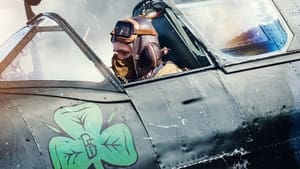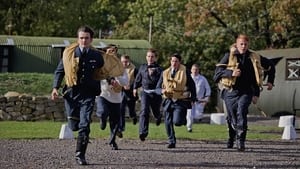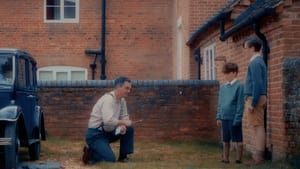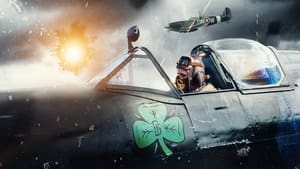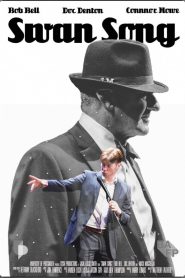
Video Sources 22 Views Report Error

Synopsis
Brendan “Paddy” Finucane’s story is one of extraordinary bravery, skill, and youthful determination in the face of overwhelming odds. Born in Dublin in 1920, Finucane quickly rose to prominence during World War II as one of the Royal Air Force’s most accomplished fighter pilots, earning the admiration of his peers and the public alike. By the age of 21, Finucane had become the youngest Wing Commander in RAF history, a remarkable achievement that underscored his exceptional talents and leadership.
From an early age, Finucane was drawn to the skies. After moving to England with his family, his fascination with aviation only grew stronger, leading him to join the RAF in 1938 at the age of 18. Finucane’s early training revealed a natural aptitude for flying, and he quickly adapted to the rigors of combat. His first taste of aerial warfare came during the Battle of Britain, where he served as a Spitfire pilot. It was here that Finucane began to establish his reputation as a fearless and highly skilled fighter, engaging in dogfights with the Luftwaffe and contributing significantly to the defense of Britain.
Finucane’s success in the skies was not merely a result of his flying prowess; he was also a charismatic and inspirational leader. His ability to remain calm under pressure and his tactical brilliance made him a respected figure among his fellow pilots. As he racked up victories, Finucane quickly became one of the RAF’s top aces, with confirmed kills that set him apart from his contemporaries. His trademark plane, emblazoned with shamrocks, became a symbol of hope and defiance during some of the darkest days of the war.
In 1942, at the age of just 21, Finucane was promoted to Wing Commander, making him the youngest person to ever hold this position in the history of the RAF. His youth belied his experience and wisdom, and he continued to lead his squadron with the same determination and courage that had characterized his earlier missions. Under his command, his wing conducted daring raids over occupied Europe, taking the fight directly to the enemy.
Despite his remarkable success, Finucane remained grounded and aware of the dangers he and his men faced daily. He was known for his concern for the welfare of his fellow pilots and often emphasized the importance of teamwork and mutual support in combat. His leadership was instrumental in maintaining the morale of his squadron during the most challenging times of the war.
Tragically, Finucane’s life and career were cut short on July 15, 1942, when his Spitfire was hit by enemy fire during a mission over France. Forced to ditch his aircraft in the English Channel, Finucane was never recovered, and he was presumed dead. His death was a profound loss to the RAF and the Allied war effort, and he was mourned by many who had come to see him as a symbol of hope and resilience.
Paddy Finucane’s legacy endures as one of the most celebrated fighter aces of World War II. His story is a testament to the courage, skill, and dedication of those who took to the skies to defend their country. Despite his brief life, his impact on the war and the inspiration he provided to those around him continue to be remembered and honored.
Original title The Shamrock Spitfire
IMDb Rating 5.2 322 votes
TMDb Rating 6.3 3 votes
Director
Director
Cast
Group Captain Mallory
Butch Aikman
Ray Finucane
RAF Officer
Bluey Truscott
Brendan Finucane
Kaminsky
Chissa
Dickie
Dawson


